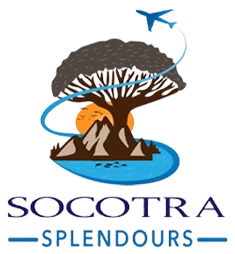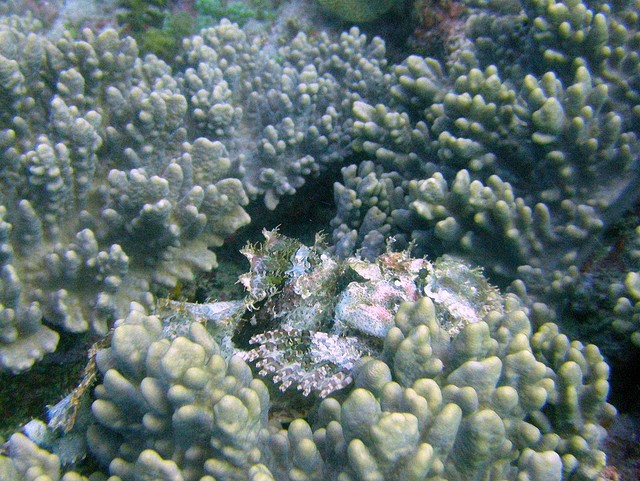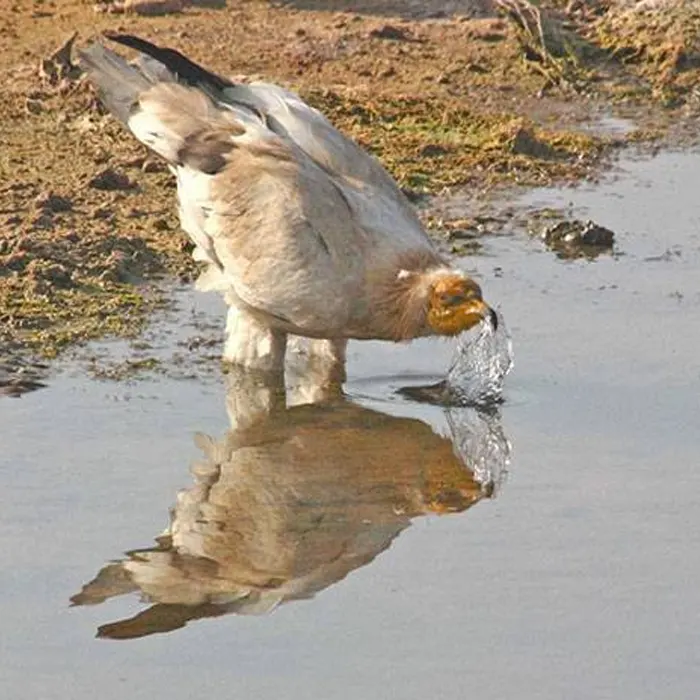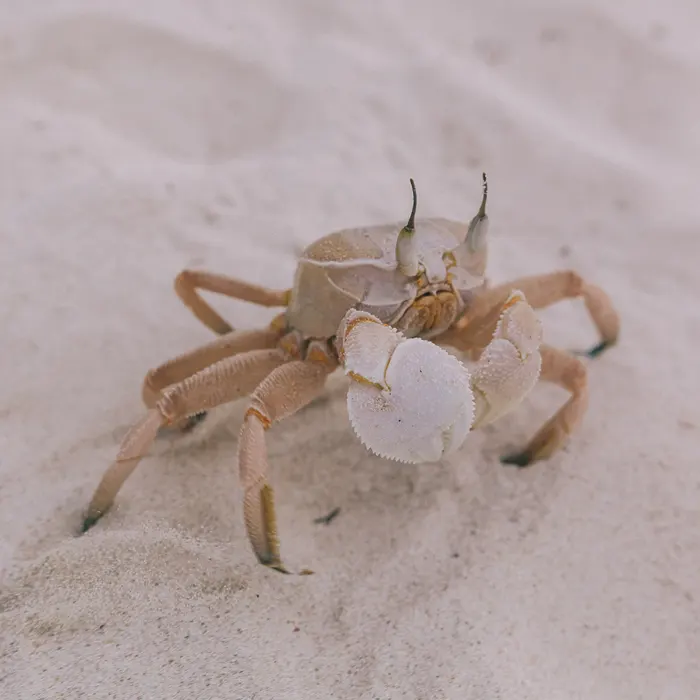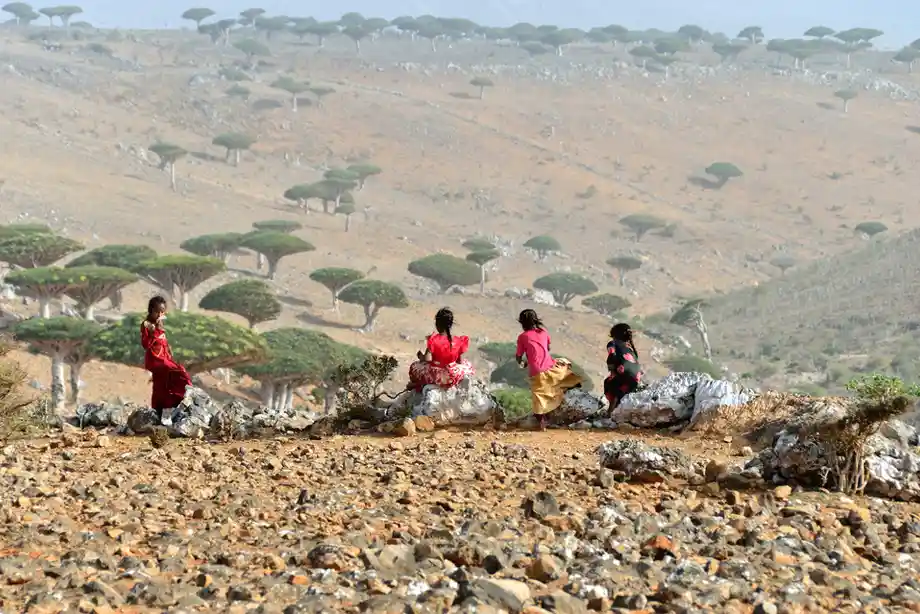Things to do on Socotra Island
It is difficult to pick just one thing about Socotra, since it has so many things to offer. Socotra is so diverse that makes it difficult to summarize it in just one page. Beautiful views over the Arabian Sea, unique natural beauty, protected areas, natural ponds, lush vegetation, wadis from the north shore to the south, impressive sand dunes, endemic birds, insects and plants, and so many more things to discover! You can scuba dive, watch dolphins, swordfish, tuna, or take a camel trek across the island. You can climb the Hagier Mountains (1500 m) for a view that will take your breath away, snorkel off beautiful beaches, go for trekking & hiking, attend botanical tours, explore caves and more. Your trip will not be easily forgotten.
Things to do on
There are five main diving locations in Socotra:
1- Di Hamri Marine Protected Area with more than 80 kinds of corals and 150 fish species. This is the place with deep dives up to 50 meters.
2- Rosh Marine Protected Area with a reef drop off about 1 km from the coast, there is one big diving spot with dives between 10 and 15 meters.
3- Adho: There are 2 diving spots with dives up to 30 meters.
4- Erissel: There are 7 diving spots with numerous shipwrecks. The ships sank due to an underwater mountain. The shipwrecks are up to 50 years old and it is possible to enter them. Erissel has been recognized as a protected area.
5- Shauab: There is a single diving spot with a shipwreck. It is a steel ship, the biggest shipwreck in Socotra waters.
In general Socotra island is a home to more than 680 species of fish and about 230 species of hard corals (5 are endemic) and 30 species of soft corals. In addition to 300 species of crustacean (9 are endemic), 490 species of mollusks, and 230 species of algae.
With a mild climate all year round -except the monsoon-, water temperatures of 27 to 36°C, depending on the season, crystal clear waters and the likelihood of viewing species like barracudas, monkfish, dolphins, rays and even mantas are the main reasons why diving lovers consider the island of Socotra a perfect place for their diving holidays.
There are a number of beaches around Socotra with beautiful white sand, with a combined shore length of more than 300km. The longest continuous beach is located on the northern coast at Ghubbah, where it longer than 20 km and provides the main nesting site for Loggerhead Turtles. Cobble beaches occur along parts of the Noged Plain, Hadibo, Qadheb, Qadama, Qalansia and Shauab.
With an unparalleled biodiversity and beauty, Socotra provides extensive snorkeling opportunities. Enjoy the tranquility of this fascinating paradise as you watch multitudes of colorful reef fish glide among dense coral formations sprinkled with giant clams, turtles, sharks and barracudas. Apart from eco-campsites, beaches are without any infrastructure and necessary equipment such as mats and refreshments, so it will be brought by your local guide.
Snorkeling equipment can be rented in Dihamri Eco-Campsite.
If you prefer, you can ride a camel which called “the ship of the desert”. Camel rides on Socotra island are a rewarding and fun experience, it is an opportunity to get to know and enjoy the spectacular scenery and relax the rhythm of ancient time.
If you are bothered by carrying water or heavy backpacks, you can hire a camel that will carry your luggage so that you can fully enjoy yourself. Camels are usually used for carrying things but you can also ride one if interested. On Socotra, camels are used rather than donkeys because of the extent of load they are able to carry and because the terrain is more suitable for them.
Camels can be rented just outside Hadibo for a trek. On the southern plain of Noged there are herds of camels which you can also hire for trekking or just for a short romantic ride in the sunset
Socotra is a paradise for trekkers. There are many trekking paths for people with all levels of walking experience. For those fascinated by the unexplored regions, Socotra is perfect. In the vast range mountains of Higher and Dixam plateau there are limitless possibilities for trekking. Some of the most alluring areas for trekking are Skand, Dixam and Firmhin.
You can choose various routs depending on your strength. However roads should be carefully chosen as some treks may be more difficult, or many involve high altitudes trekking, it is generally advisable to be accompanied by a local guide.
The bird-life of the island is incredibly diverse, out of 320 bird species recorded on Socotra, 6 are endemic to the island: Socotra Rock Banting, (Emberiza socotran), Socotra Cisticola (Cisticola haesitata), Socotra Sparrow, (Onychognathus frater), Socotra Starling, Socotra Sunbird (Nectarinia balfouri), & Socotra Warbler (Incana).
The bird-life provides a large number of migrant birds arrive to the island during winter and summer of which waders and other coastal birds make up a significant proportion like Greater Flamingoes (Phoenicopterus rubber), Grey Heron (Ardea cinerea), Sooty-Gulls (Larus hemprichii), Black-winged Stilt (Himantopus himantopus), etc.
Do not forget to bring your birdwatching equipment with you.
When it comes to fishing, Socotra’s rich sea environment provides a high concentration of fish species. Socotra is known as an ideal place for fishing due to its location in the Indian Ocean and Arabian Sea. Socotra exports fish to many parts of the world and the majority of the locals on the island are fishermen. If you are looking for a fascinating fishing trip, then plan your holiday to Socotra Island.
The trip to Shuab beach is a half day tour to discover the beauty of this remarkable destination. With the clear turquoise water and white sands you can snorkel and relax. With views of dolphins and game-sized fish, you will feel the beauty of nature mixed with the real adventure. Trips can be prearranged to join the local fishermen. With assistance of experienced local fishermen you certainly will succeed to get a catch you will be proud of
Socotris have gathered an incredible knowledge in traditional medicine using herbs, plants and sea products. A shop with traditional medicine is still open in Hadibo enjoying the same trust of its customers as modern pharmacies. The highland forest trees have provided the islanders with useful resins, gums, tannins, dyes, medicines, juices, scented woods, such as the famous cinnabar.
For these natural treasures, it is extremely interesting to take a botanical tour on Socotra with a trained guide who will show you important plants and also traditional way of their use. You can see and taste yellow berries of the tree Ziziphus spina-christi, whose branches were used to make Jesus Christ’s crown of thorns. A good end to the tour is in Adeeb’s Nursery just outside of Hadibo, where endemic and important plants are grown to be returned back into its original habitats.
Socotra has more than 50 caves, many of them explored and mapped by a Belgian team called Socotra Karst Project.
The largest and most worth seeing is Hoq Cave, located above Rosh eco-campsite. The walk up to the entrance inside the cave takes around one hour and will bring you into a magical world of stalagmites, stalactites, crystal curtains, calcite floors. The cave is more than 3 km long with a small lake at the very end. There is a walking path marked with lines and reflecting tags to protect the cave’s stunning creation and to lead visitors safely to the end and back. The temperature is constant throughout the year between 25 and 27 °C with humidity more than 95 percent
Due to its location in the Indian Ocean, Socotra is a paradise for surfers. Surfing on Socotra island began only recently, when professionals and surf lovers realized what this region has to offer, so you will have the chance to enjoy this activity fully without any other people around.
The best time to come for this adventure is during the monsoon season from June up to late August. In July the wind speed can reach up to 60 mph. Some of the coasts are rough and steep and the rooks at the bottom of the sea generate not only excellent waves but also require some precautions.
The hotspots are the sea port near Hadibo, Erissel, Shauab, Qalansia and Aomak.
Here are some main information about general spots and its condition:
Hadibo – Erissel – Mahfirhin – Aomak – Di Serbho – Shauab – Qalansia.
